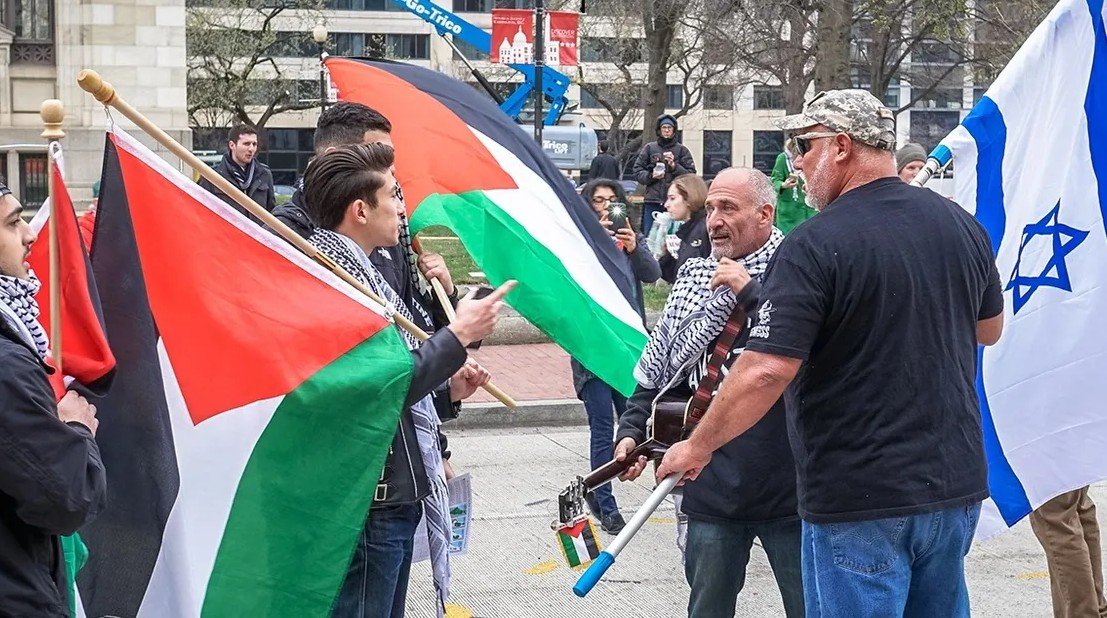Israel and Saudi Arabia stand on the brink of a historic peace agreement that could reshape the Middle East. Recent reports indicate the deal is nearly complete, with timing tied to Israel’s upcoming elections, as Saudi leaders prefer a fresh government to seal the normalization.
Background on the Push for Normalization
Talks between Israel and Saudi Arabia have gained momentum since the Abraham Accords in 2020, which opened doors for ties with other Arab nations. The latest developments come amid a fragile ceasefire in Gaza, ending a two-year conflict that stalled progress.
Saudi Crown Prince Mohammed bin Salman has shown interest in stronger relations, including opening airspace to Israeli flights in 2022. Public statements from both sides highlight growing closeness, with Netanyahu claiming in early 2025 that peace is achievable.
The war’s end has created a window for diplomacy. Experts note that regional stability now allows focus on economic and security benefits from normalization.
A key sticking point remains the Palestinian issue. Saudi officials have stressed the need for progress toward a two-state solution, though recent negotiations suggest flexibility on timelines.

Key Elements of the Proposed Agreement
The deal outlines several core components aimed at mutual gains. Israel seeks formal recognition and trade links, while Saudi Arabia wants U.S. security guarantees and tech cooperation.
Negotiations have advanced to include defense pacts and economic ties. Reports from 2025 indicate a framework could involve Saudi reconstruction aid in Gaza as part of the package.
Here are some potential benefits for both nations:
- Enhanced security against shared threats like Iran.
- Boosted trade, with estimates of billions in annual economic growth.
- Cultural exchanges to build long-term trust.
Challenges persist, including internal Israeli politics and Saudi public opinion. The agreement might include vague commitments to Palestinian statehood to satisfy both sides.
| Aspect | Israel Benefits | Saudi Arabia Benefits |
|---|---|---|
| Security | Stronger alliances against regional foes | U.S. defense commitments |
| Economy | Access to Gulf markets | Investment in tech and infrastructure |
| Diplomacy | Broader Arab recognition | Leadership in Middle East peace efforts |
| Challenges | Political opposition at home | Need for Palestinian progress |
This table shows how the deal balances interests, based on ongoing talks.
Role of U.S. Involvement in Talks
The United States plays a pivotal role as mediator, pushing for a deal under the new administration. President Trump’s team has signaled strong support, viewing it as a win for regional peace.
In recent months, U.S. officials have held meetings in Riyadh and Jerusalem to bridge gaps. A major focus is on security assurances for Saudi Arabia, possibly including advanced weapons sales.
Diplomatic sources suggest the U.S. aims to finalize a broad pact by early 2026, tying it to post-election stability in Israel.
This involvement echoes past successes like the Abraham Accords, but adds layers with demands for Gaza reconstruction.
Public sentiment in the U.S. favors such deals, with polls showing support for Middle East stability.
Timing Tied to Israeli Elections
Israel’s elections, set for October 2026, are central to the timeline. Saudi leaders reportedly want a new government, even if Netanyahu remains, to reset the political landscape.
Netanyahu has pushed to serve a full term, focusing on domestic issues like conscription laws and budgets. However, opposition calls for early polls grow amid post-war reckoning.
Analysts predict elections could move up to mid-2026 if coalition tensions rise. This delay allows time for calm after the Gaza ceasefire.
Saudi patience hinges on Israel’s ability to show internal stability. Rhetoric from Israeli ministers has sometimes complicated matters, but recent tones suggest willingness to compromise.
The election outcome could determine if the deal proceeds swiftly or faces further hurdles.
Potential Impacts on the Region
A successful agreement would mark a tectonic shift, isolating Iran and boosting anti-terrorism efforts. It could encourage other nations to normalize ties with Israel.
For Palestinians, the deal might bring reconstruction aid and renewed talks on statehood, though details remain unclear.
Economically, it opens doors for joint projects in energy and tech, potentially creating jobs across the region.
On the flip side, critics worry it sidelines Palestinian rights. Protests in some Arab countries highlight this concern.
Overall, the pact could foster a more stable Middle East, aligning with global calls for peace.
Challenges and Path Forward
Despite optimism, obstacles remain. Internal Israeli divisions, especially from far-right factions, could derail progress.
Saudi Arabia insists on Gaza stability and some Palestinian concessions, adding complexity.
International pressure, including from the UN, urges a balanced approach.
Moving ahead requires careful diplomacy to address these issues without reigniting conflicts.
As talks continue, readers should stay informed on developments. Share your thoughts in the comments below and spread this article to spark discussions on Middle East peace.
